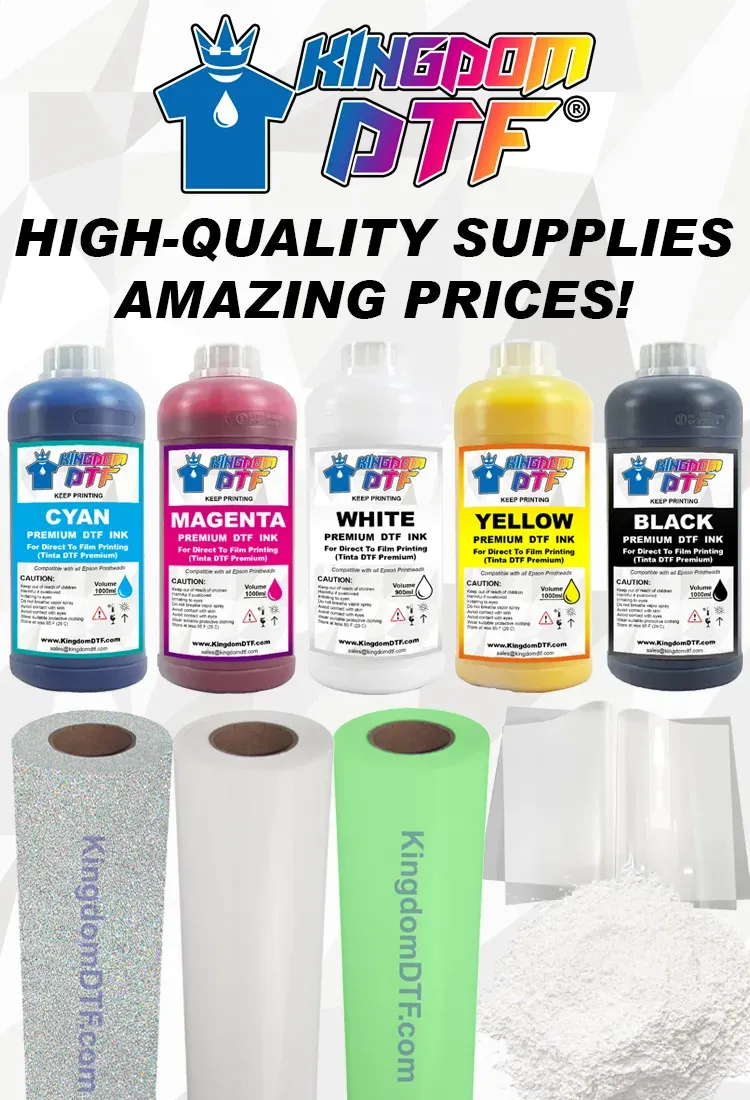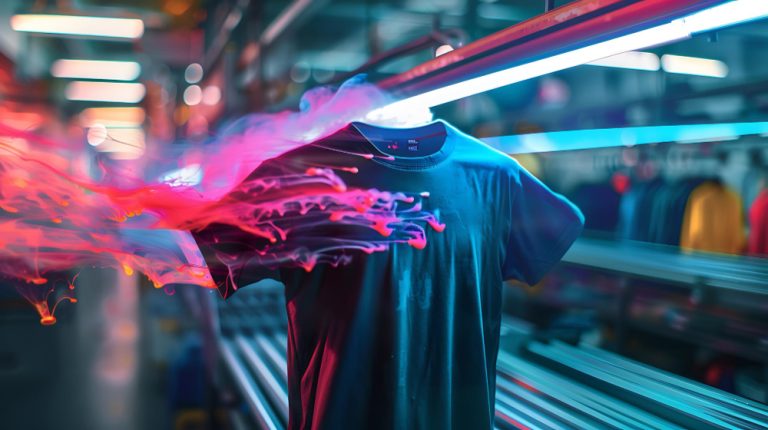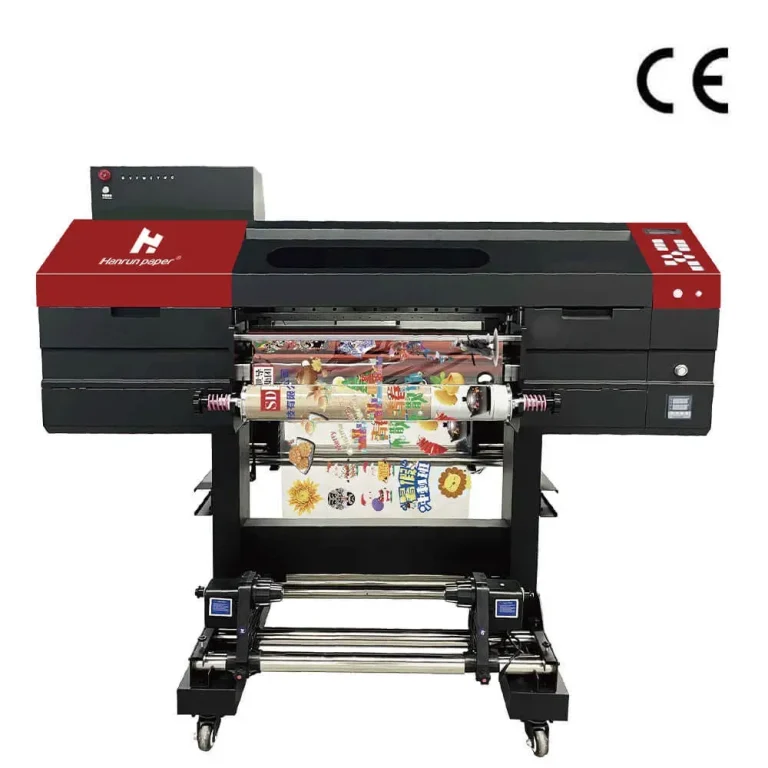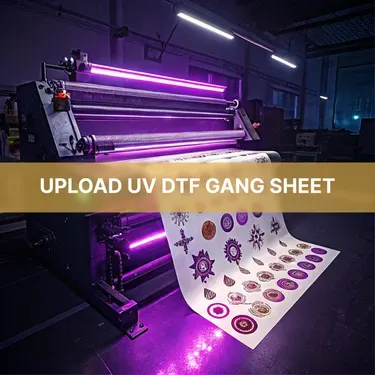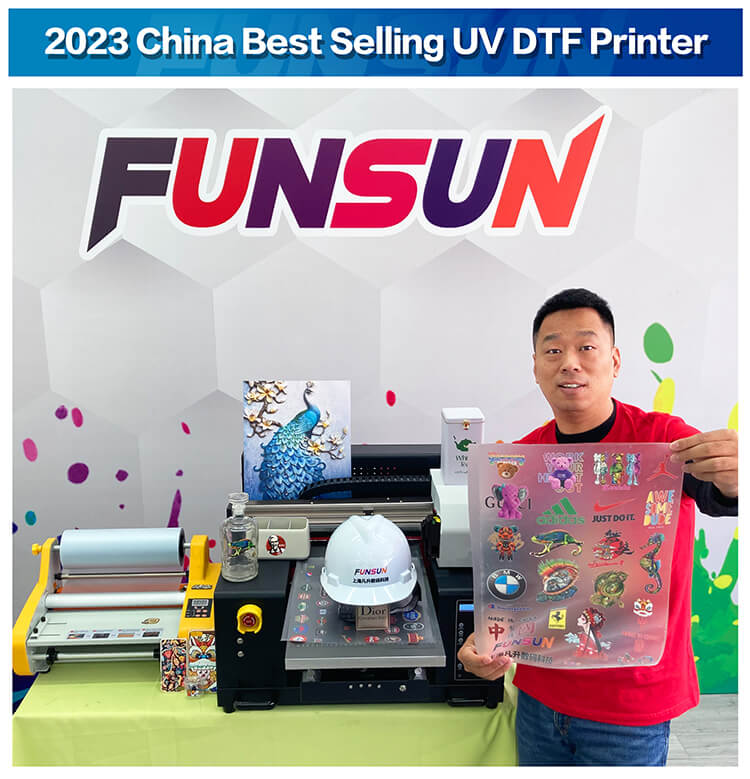UV DTF Printing: Advantages Over Traditional Printing Methods
In the dynamic realm of printed media, UV DTF printing emerges as a groundbreaking technology that is reshaping how businesses approach their printing needs. This innovative method leverages ultraviolet light to cure ink on film for transfer to a wide array of surfaces, distinguishing itself from traditional printing methods like screen printing and offset printing. The advantages of UV DTF printing are manifold, including superior durability, vibrant colors, and the ability to print on multiple substrates with ease. As industries embrace digital printing solutions, the benefits of UV printing reflect a significant advancement, promising quicker production times and reduced waste, making it a compelling choice for modern enterprises. In this overview, we’ll delve into the remarkable features of UV DTF printing that position it as a leading alternative to conventional screen printing methods.
Often referred to as ultraviolet direct-to-film printing, this modern printing solution is setting new standards in the industry with its efficient production capabilities. By applying UV light to cure specially formulated inks, businesses can achieve exceptional print quality that stands out in today’s competitive market. Many are exploring this innovative printing technique as an alternative to traditional methods, appreciating its ability to deliver superior color accuracy and detail. The versatility offered by this process allows for customization on various materials, making it an ideal choice for brand promotions and diverse product packaging. As we explore further, the unique characteristics of this digital printing method highlight its potential to revolutionize how companies create custom prints and marketing materials.
Understanding the Process Behind UV DTF Printing
UV Direct to Film (DTF) printing operates on a sophisticated mechanism that begins with high-quality inks designed to react to ultraviolet light. The process involves printing an image onto a special film, where later curing takes place under UV light. Unlike traditional printing methods, which usually rely on heat or air-drying, the UV light instantly hardens the ink, allowing for immediate handling and transfer onto various substrates. This technology not only enhances the efficiency of print production but also ensures that the colors are vibrant and details are sharply defined.
Furthermore, the ability of UV DTF printing to print on numerous materials expands its application significantly. From textiles to hard surfaces, the prints are durable and maintain their quality over time. This versatility surpasses limitations often found in screen printing and offset printing techniques, making UV DTF printing an ideal choice for businesses aiming for a broad product range without sacrificing quality.
The Distinct Benefits of UV Printing for Modern Businesses
Businesses today require printing technologies that can keep pace with fast-changing market demands, and UV printing delivers just that. One of its most notable benefits is the exceptional durability of prints produced via UV DTF technology. The ink undergoes a curing process that creates a robust bond with the surface, rendering it resistant to common challenges such as scratches, water exposure, and UV fading. This durability is particularly advantageous for promotional items and apparel subjected to heavy use, ensuring that brands remain vibrant and visible over time.
In addition to durability, the vivid color reproduction capabilities of UV DTF printing offer businesses a distinct competitive edge. The technology can produce high-fidelity colors and intricate designs that stand out in a crowded marketplace. Because branding and visual identity are crucial for business success, the capacity to deliver distinct and dynamic prints can significantly impact marketing effectiveness, making UV DTF an essential tool for modern branding strategies.
Comparing UV DTF to Traditional Printing Methods
When comparing UV DTF printing to traditional methods like screen printing and offset printing, several key differences emerge that highlight UV technology’s advantages. Traditional printing methods often involve lengthy setup processes and specific limitations on material compatibility, constraining the versatility businesses can offer. In contrast, UV DTF printing eliminates these constraints, allowing for a seamless transition between various substrates and significantly reducing the setup time. This capability fosters greater adaptability in production workflows, enabling businesses to meet diverse client needs efficiently.
Additionally, the eco-conscious practices embedded within UV DTF printing attract businesses that prioritize sustainability. Reduced ink waste and lower emissions of volatile organic compounds contribute to a smaller environmental footprint, positioning UV DTF as an attractive alternative for companies aiming to embrace more responsible printing processes. As environmental awareness grows, the ability to deliver high-quality prints while championing eco-friendly practices becomes increasingly attractive to both consumers and corporations.
The Versatility of UV DTF Printing Across Industries
UV DTF printing is not limited to any specific market or application, making it one of the most versatile printing solutions available. From textiles and custom apparel to ceramics and promotional products, the potential applications of UV DTF are nearly limitless. For businesses operating in industries with diverse product lines, being able to imprint on a wide range of materials without compromising quality is a substantial advantage. This adaptability helps businesses cater to a broader audience while maintaining high standards in product offerings.
Moreover, the versatility of UV DTF printing allows for personalization opportunities that traditional printing methods struggle to match. Clients seeking unique designs or short runs can find UV DTF an ideal solution to meet their demands efficiently. This means companies can not only provide mass-produced items but also customized products that enhance customer satisfaction and engagement, thus promoting brand loyalty.
Fast Turnaround Times with UV DTF Printing
In the current landscape of rapid consumption and on-demand production, speed is a key factor that businesses consider when choosing printing methods. UV DTF printing provides a distinct advantage with faster turnaround times, primarily because the process negates the need for lengthy pre-treatment and drying times associated with traditional printing techniques such as screen printing. This efficiency allows businesses to respond quickly to market trends, ensuring they can deliver products to customers without delays.
Moreover, the quick production times not only cater to immediate demands but also enhance a company’s overall efficiency. Businesses can fulfill urgent orders that may arise without compromising on quality, thus fostering a reputation for reliability and customer satisfaction. As consumers increasingly prioritize convenience and speed, adopting UV DTF printing becomes not just beneficial, but essential for competing in today’s fast-paced market.
Cost Efficiency of UV DTF Printing for Short Runs
For companies often looking to produce short runs or customized products, UV DTF printing presents a cost-effective solution that alleviates the challenges posed by traditional printing methods. Conventional techniques often come with high setup costs and minimum order requirements that can deter smaller businesses or boutique operations. In contrast, UV DTF printing reduces these overheads, allowing businesses to create high-quality prints on demand without incurring prohibitive expenses.
Additionally, the capability of UV DTF printing to minimize waste further enhances its cost-efficiency. Since the process is designed to optimize ink usage and eliminate excess, businesses can benefit from lower material costs while still delivering high-quality prints. This translates into better profit margins for companies, especially for those producing smaller batch sizes or limited-edition items, allowing them to maintain financial viability while pursuing creative projects.
Frequently Asked Questions
What are the advantages of UV DTF printing over traditional printing methods?
UV DTF printing offers several advantages over traditional printing methods such as enhanced durability, vibrant colors, and faster production times. Unlike methods like screen printing, UV DTF creates a robust bond between ink and surfaces, resulting in prints that are resistant to scratches and fading. Additionally, this technique allows for a broader color gamut, ensuring rich visuals, and its versatility enables printing on various substrates—from textiles to ceramics.
How does UV DTF printing provide faster production times compared to traditional methods?
UV DTF printing significantly streamlines the production process, eliminating labor-intensive pre-treatment steps commonly required in traditional methods. This expedites turnaround times, allowing businesses to fulfill custom orders rapidly, making UV DTF a valuable choice for companies needing to respond quickly to market demands.
What makes UV DTF printing more environmentally friendly than traditional printing methods?
UV DTF printing minimizes ink consumption and generates less waste, making it more eco-friendly. Additionally, the UV inks used in this process emit fewer volatile organic compounds (VOCs), contributing to a lower environmental impact compared to many traditional printing methods, which often rely on solvent-based inks.
Can UV DTF printing be used for a variety of materials?
Yes, one of the key advantages of UV DTF printing is its ability to print on a wide range of materials. This includes textiles, ceramics, metals, and plastics. Unlike traditional printing methods, UV DTF’s versatility makes it suitable for diverse applications, from custom apparel to promotional items and industrial products.
Is UV DTF printing cost-effective for short run orders compared to traditional methods?
Absolutely! UV DTF printing is highly cost-effective for short runs and custom orders, as it involves lower setup costs and reduced waste compared to traditional printing methods, which often come with high overhead costs. This makes it an attractive option for small to medium-sized enterprises focusing on quality without excessive expenditures.
What are the key UV printing benefits of using UV DTF printing technology?
The key benefits of UV DTF printing include enhanced durability, vibrant color output, versatility across materials, reduced production time, and a lower environmental impact. These factors make UV DTF printing a superior choice over traditional methods for businesses looking for quality, efficiency, and sustainability in their printing processes.
| Key Features of UV DTF Printing | Description |
|---|---|
| Enhanced Durability | UV DTF printing offers prints that are resistant to scratches, water, and fading due to the robust bond created by the UV curing process. |
| Vibrant Colors and Detailed Prints | This technology produces vivid colors and fine details, making it perfect for high-quality marketing materials. |
| Versatility Across Materials | UV DTF printing can be used on a wide range of substrates, including textiles, ceramics, and plastics. |
| Faster Production Times | It simplifies production processes, reducing the time between order and delivery due to eliminating labor-intensive steps. |
| Reduced Waste and Environmental Impact | The process generates less ink waste and emits fewer VOCs, making it more eco-friendly than traditional printing. |
| Cost-Effectiveness for Short Runs | Lower setup costs and reduced waste make UV DTF printing an appealing option for short runs. |
Summary
UV DTF printing is revolutionizing the printing industry with its advanced capabilities and benefits. By providing enhanced durability, vibrant colors, and versatility across materials, it outshines traditional printing methods. The efficiency of faster production times, coupled with reduced environmental impact and cost-effectiveness, makes UV DTF printing an ideal choice for businesses aiming to elevate their printing solutions. As more companies explore innovative and sustainable printing practices, UV DTF printing stands as a powerful tool for meeting the demands of a competitive market. Embracing this technology can lead to improved product offerings and greater customer satisfaction.


